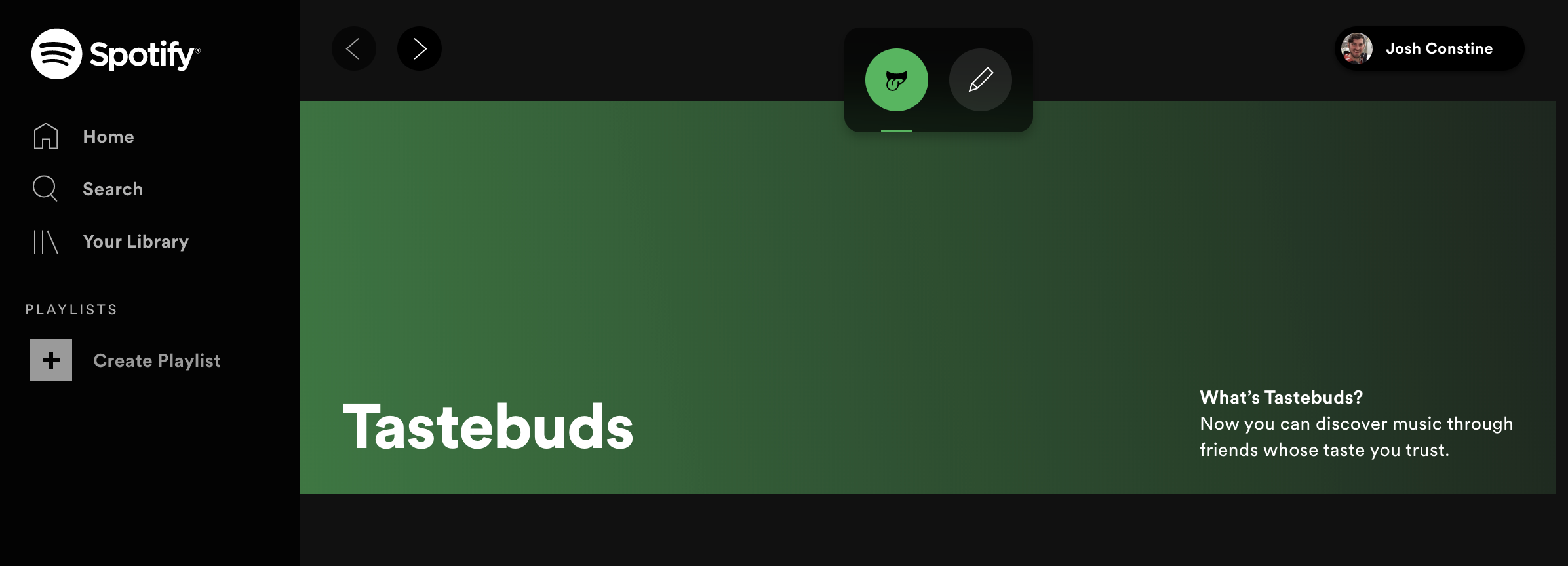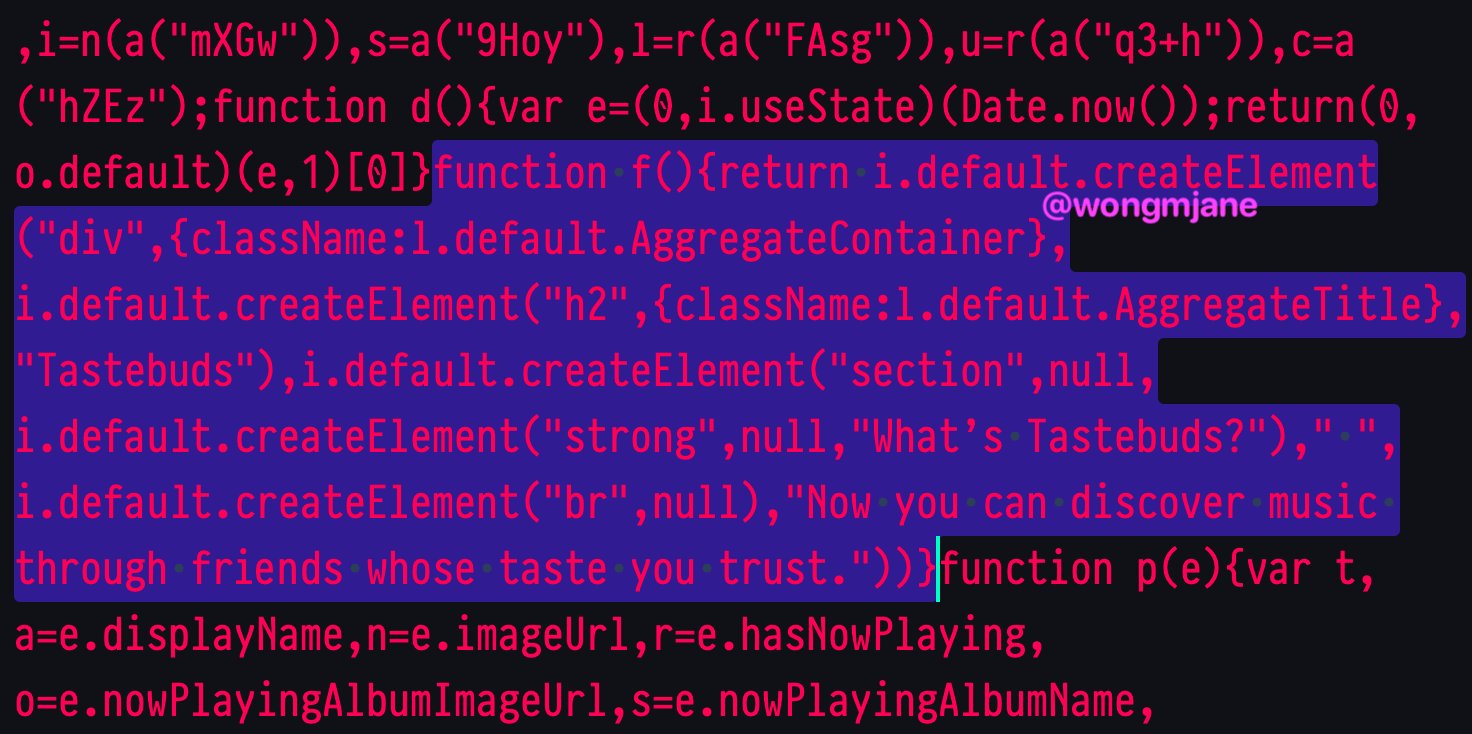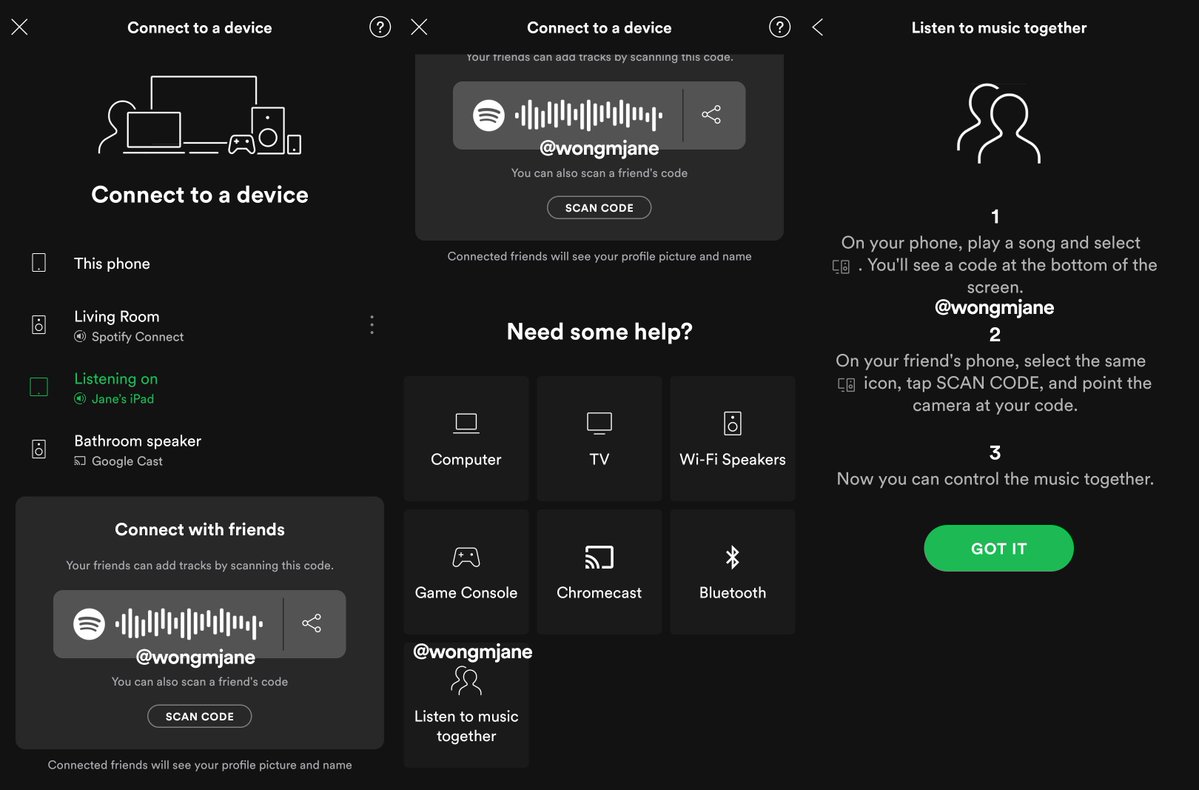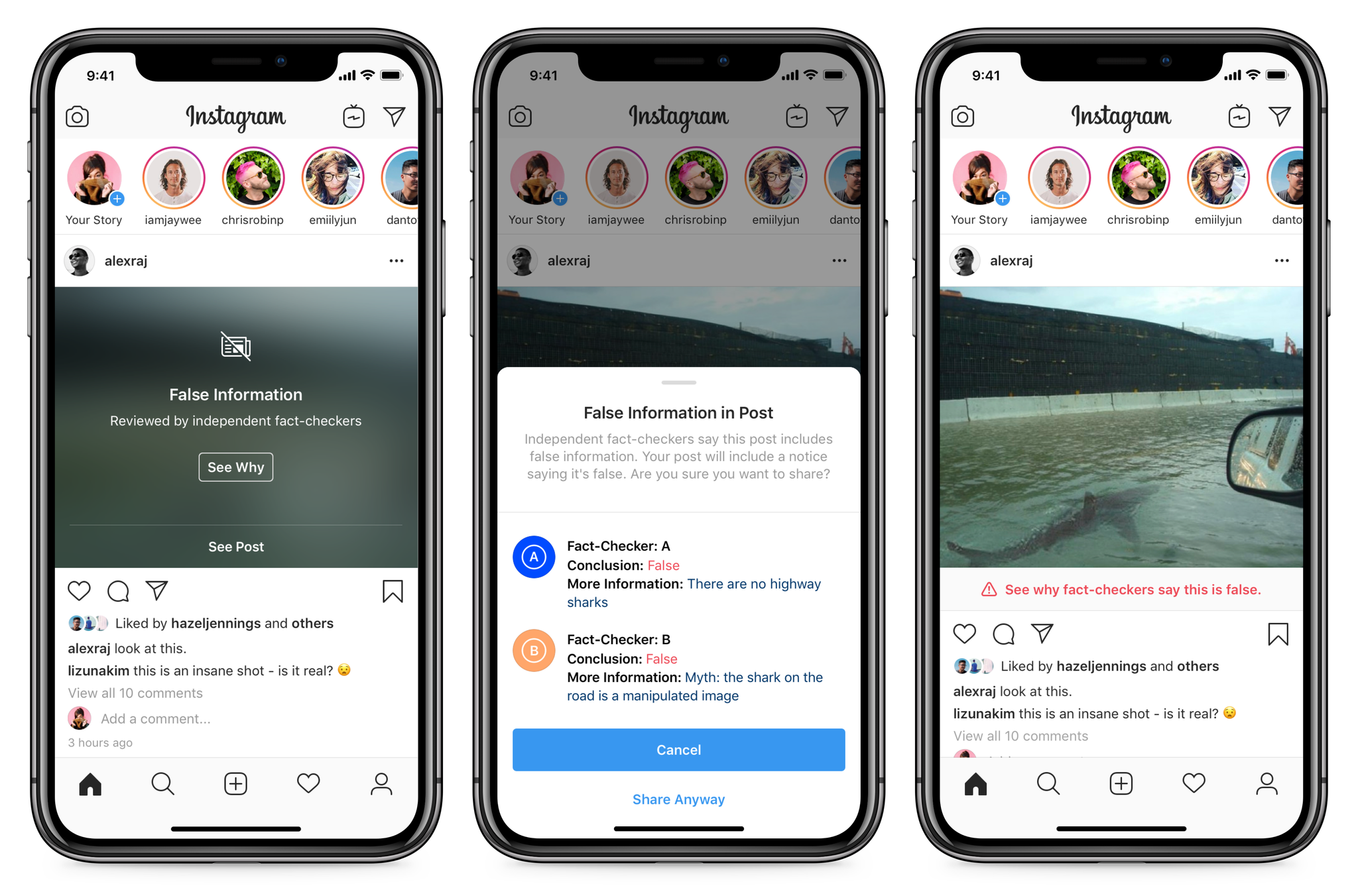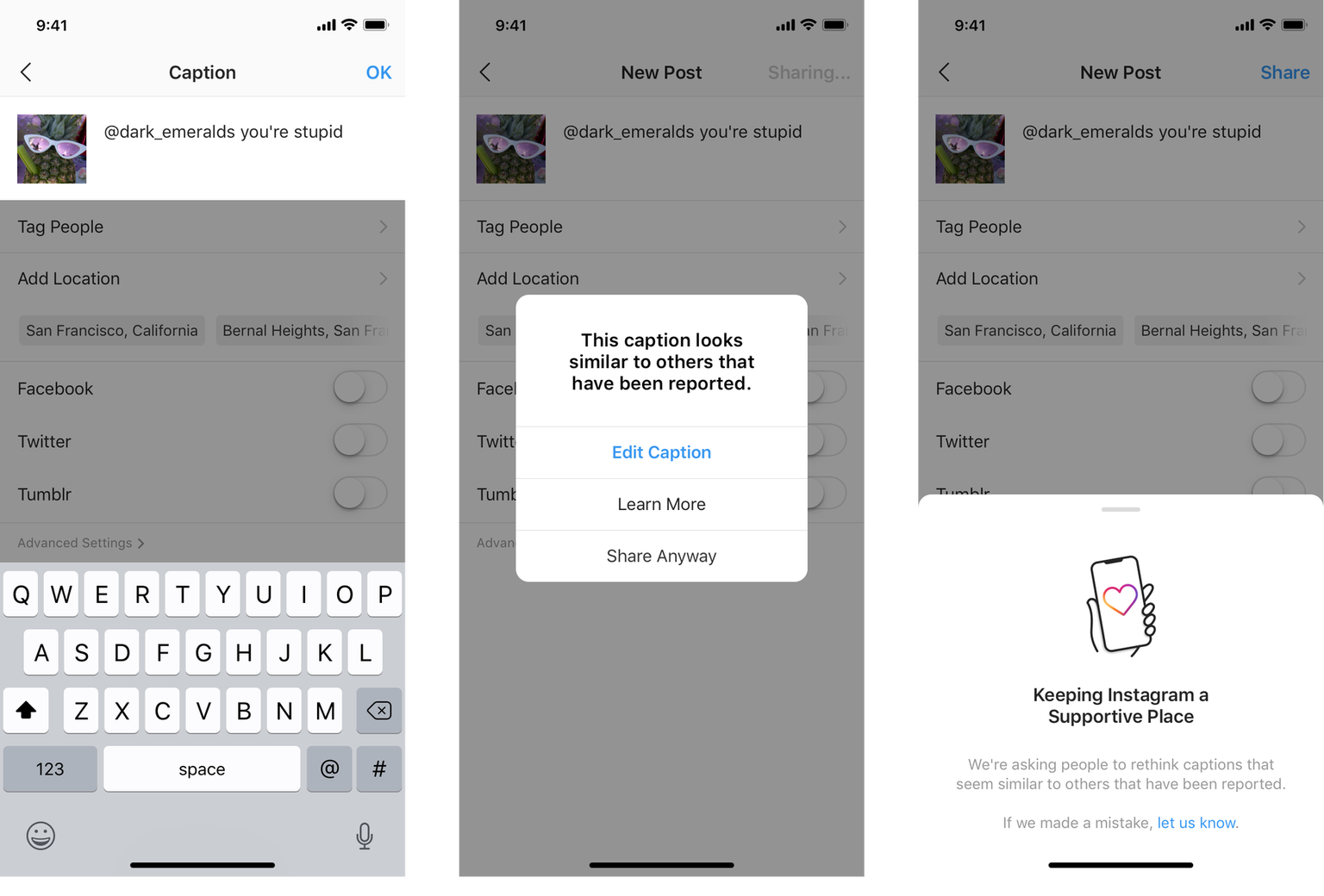“We were in the back washing blenders so they could keep taking Snackpass orders” recalls co-founder and CEO Kevin Tan. The team from order-ahead food startup Snackpass was willing to get their hands dirty to keep up with demand at one of their first restaurant partners, Tropical Smoothie Cafe on the Yale college campus.
Why were people so eager to pay for takeout through Snackpass? Because it lets them earn loyalty points to redeem for free food — both for themselves and as gifts for their friends. Sending people Snackpass rewards became a new way to flirt or show gratitude at Yale. And through the Venmo-esque Snackpass social feed, users could keep up with a fresh form of gossip while discovering restaurants.
“Anywhere someone is standing in line to order something, we can solve that with Snackpass” says Tan. “Consumer spending will be social in the future.”
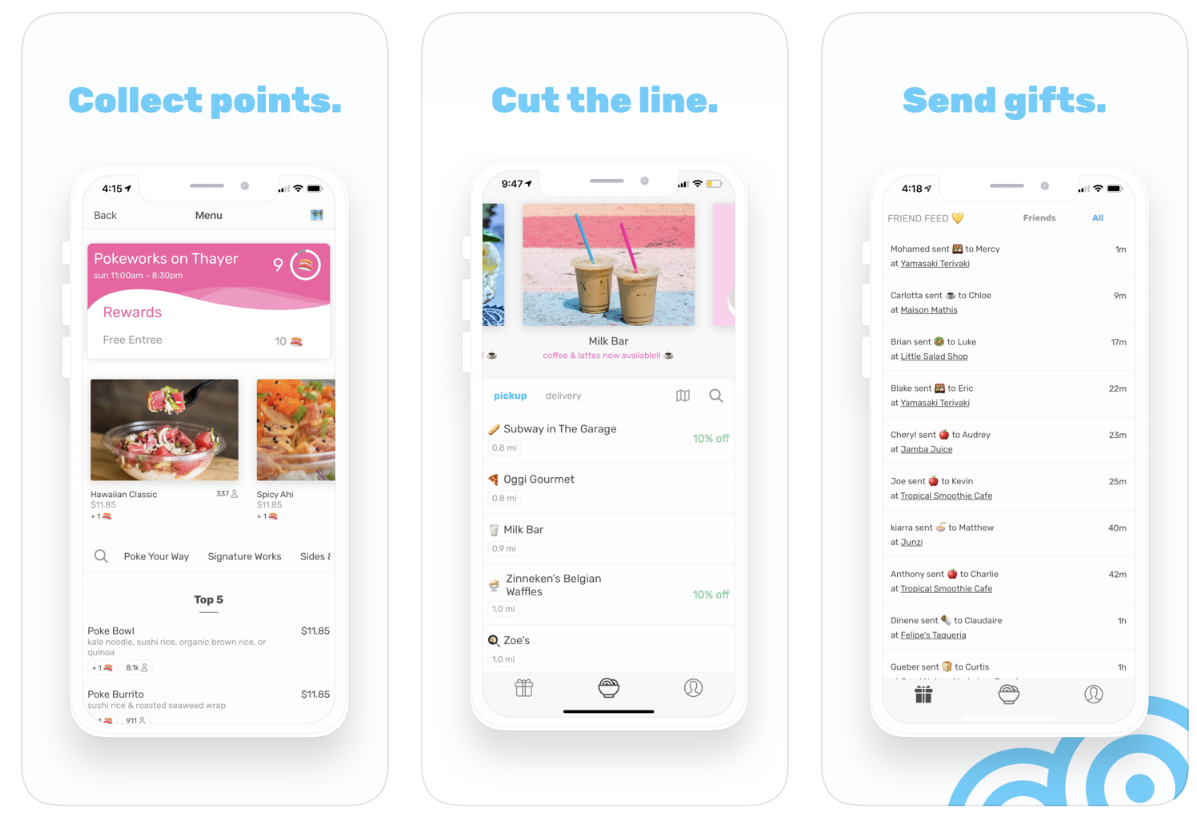
That future is already taking hold. Two years after launch, Snackpass is on 11 college campuses across the US, often boasting a 75% penetration rate amongst students within 6 months. It takes a cut of every order and keeps margins high since users pick up the food themselves rather than waiting for delivery. While other food ordering startups battle to offer discounts as marauding users deal-hop between apps, Snackpass keeps users coming back through its loyalty program.
 Its momentum, retention, and opportunity to expand from colleges to dense cities has now won Snackpass a $21 million Series A led by Andreessen Horowitz partner Andrew Chen. The round was joined by other heavy hitters like Y Combinator, General Catalyst, Inspired Capital, and First Round plus angels including musician Nas, NFL star Larry Fitzgerald, and legendary talent agent Michael Ovitz. Building on Snackpass’ $2.7 million seed, the cash will go towards hiring up with the goal of reaching 100 campuses in 2 years.
Its momentum, retention, and opportunity to expand from colleges to dense cities has now won Snackpass a $21 million Series A led by Andreessen Horowitz partner Andrew Chen. The round was joined by other heavy hitters like Y Combinator, General Catalyst, Inspired Capital, and First Round plus angels including musician Nas, NFL star Larry Fitzgerald, and legendary talent agent Michael Ovitz. Building on Snackpass’ $2.7 million seed, the cash will go towards hiring up with the goal of reaching 100 campuses in 2 years.
“Takeout is an important market because it’s huge — also in the hundreds of billions — and fragmented” writes Chen. “The opportunity complements the food delivery market in a big way: For the average restaurant, there are 6 takeout orders for every delivery order!”
“Its Own Language”
Like many of the best startup ideas, Snackpass was born out of the founders’ own needs at Yale. Slow and expensive food delivery services didn’t make sense for smaller orders like a coffee, ice cream, or a pepperoni slice on campuses small enough for customers to walk or bike to the restaurant. Tan says “I was dabbling in several side projects, including helping a friend who managed a local pizza shop build a website to help better reach the local student community.” He realized how tough it was for restaurants around colleges to retain and reward customers, especially as regulars graduated.
Tan joined up with neuroscience student and Thiel Fellow Jamie Marshall, who became Snackpass’ COO. “I had grown up calling in every order” Marshall tells me. “Waiting in line didn’t make sense for me. I used every order-ahead platform and thought this was the future.” Jonathan Cameron, a serial entrepreneur who’d built his own order-ahead app called Happy Hour, rounded out the founding team.

Snackpass founders (from left): Jamie Marshall and Kevin Tan
Snackpass offers users a list of nearby restaurants they can order ahead from, with special tags for ones offering deals. Menu items include counts of how many people have ordered them and how many rewards points you’ll earn buying them. You pay in the app, skip the line at the restaurant, and grab your order from the counter. Each restaurant can configure their own rewards system with how much items earn and cost, such as giving you a free coffee for every 10 you buy.
Users can then spend their points to get themselves free menu items, or send a virtual Snackpass gift card to any of their phone contacts or people they find via search. This gives Snackpass a way to grow virally that most food apps lack. Thankfully, you can block people on Snackpass if they get creepy showering you with gifts.
Each purchase and gift on Snackpass shows up in its social feed unless you make it private. “That’s become its own language. People use it to flirt with each other, or bond and connect with someone new” Tan tells me. “There’s some drama or intrigue there seeing who’s sending gifts to who. People even look at the feed in the way they look at someone’s Instagram to see what’s going on with them.”
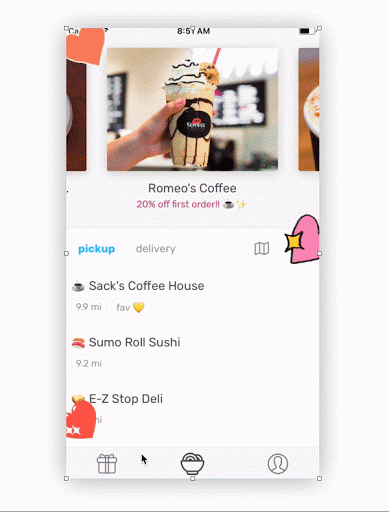
Snackpass has also done some integration work specifically for the college market that sets it apart from other order-ahead and delivery services. It can sync with students’ campus meal plans so they can spend them through the app. And student groups from clubs to fraternities can pre-load and replenish accounts for their members. Snackpass works with the same organizations to launch on new campuses. “We host parties, sponsor tailgates, and make it feel like a student-led effort so it grows organically across campus communities” Tan explains. “These efforts, combined with the social feed which would give anyone FOMO if they’re not in the app.”
Network Effect Commerce
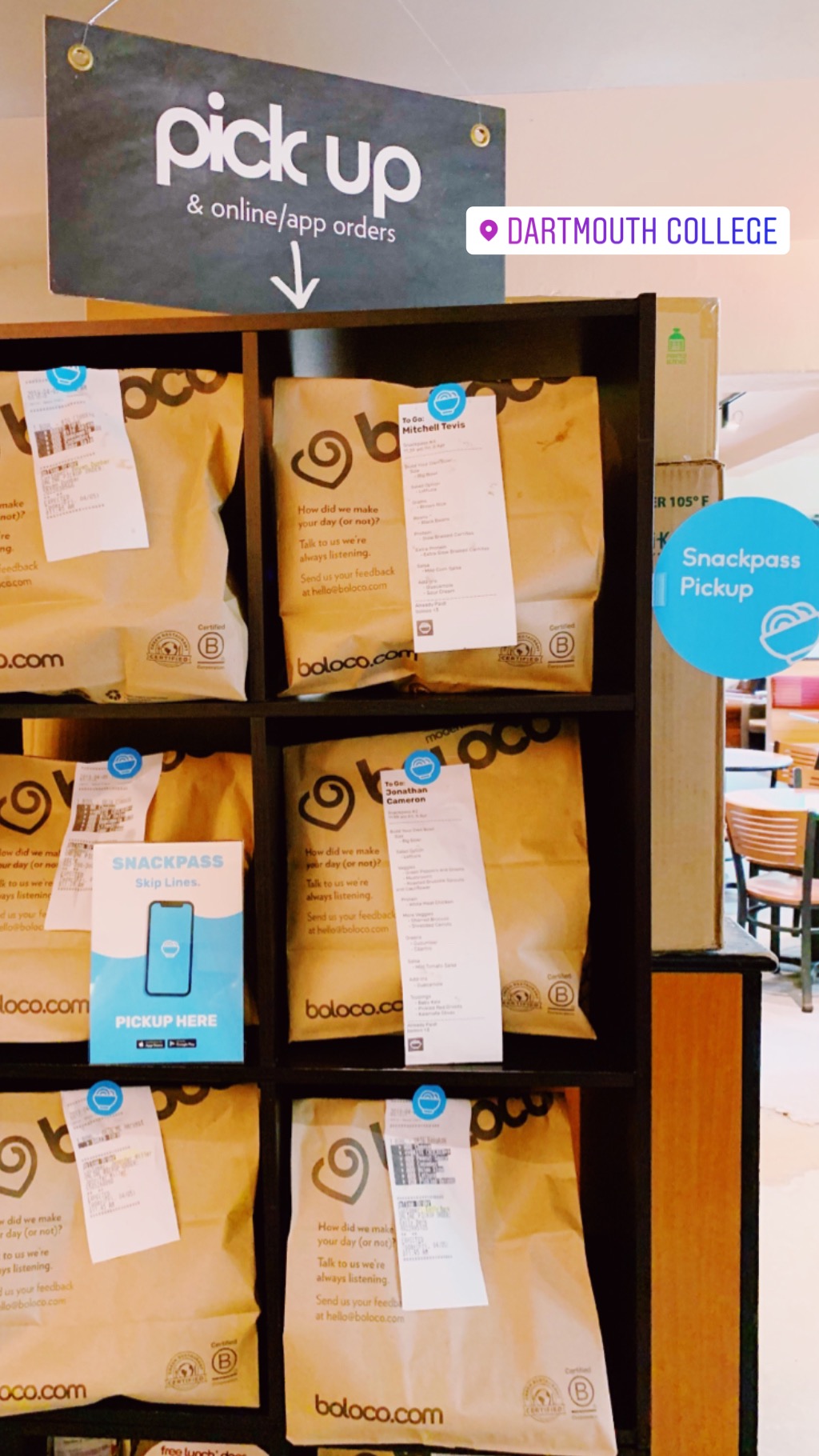 With all the competition in the space, restaurants can be inundated with apps to manage, some of which just exacerbate spikes in demand that overwhelm kitchens. “There is certainly a risk that local restaurants will start to get platform fatigue, finding that using some apps will take too big of a bite out of their margins” says Tan. That’s why Snackpass built features that let restaurants batch orders and control how many come in at a certain time so dine-in patients and non-app users aren’t stuck with unreasonable delays.
With all the competition in the space, restaurants can be inundated with apps to manage, some of which just exacerbate spikes in demand that overwhelm kitchens. “There is certainly a risk that local restaurants will start to get platform fatigue, finding that using some apps will take too big of a bite out of their margins” says Tan. That’s why Snackpass built features that let restaurants batch orders and control how many come in at a certain time so dine-in patients and non-app users aren’t stuck with unreasonable delays.
Snackpass has recruited talent from Uber Eats and an advisor from Yelp’s executive team to help it navigate the tricky SMB sales process. One ace up its sleeve is that it can offer to send push notifications to announce recently signed partners or specials they’re launching, driving the new customers restaurants are desperate for. Tan says his startup is considering if it could charge for this kind of promotion down the line. Most customers who walk into restaurants are effectively in incognito mode, but Snackpass provides its partners with analytics to help them improve their own businesses.
“At the surface level there is a lot of competition in this space” Tan admits. “The social aspect of the app has been the key differentiator for us. Other companies have been focused on creating the fastest, cheapest, most efficient delivery service, but it’s really hard to make those margins work and consumers are trained to shop around on different apps to get
the best deal or fastest delivery time … Eating food is supposed to be fun and social,
and our generation grew up online and in social networks. We’re combining the social aspect of eating with the utility of order ahead, which has helped us build loyalty and enable retention
amongst our users.”
It will still be a battle to overtake long-running competitors like Allset, Level Up, and Ritual, plus incumbents that offer takeout pickup like Uber and Grubhub. Logistics is a cut-throat business, and plenty of startups have already failed in the restaurant loyalty space.
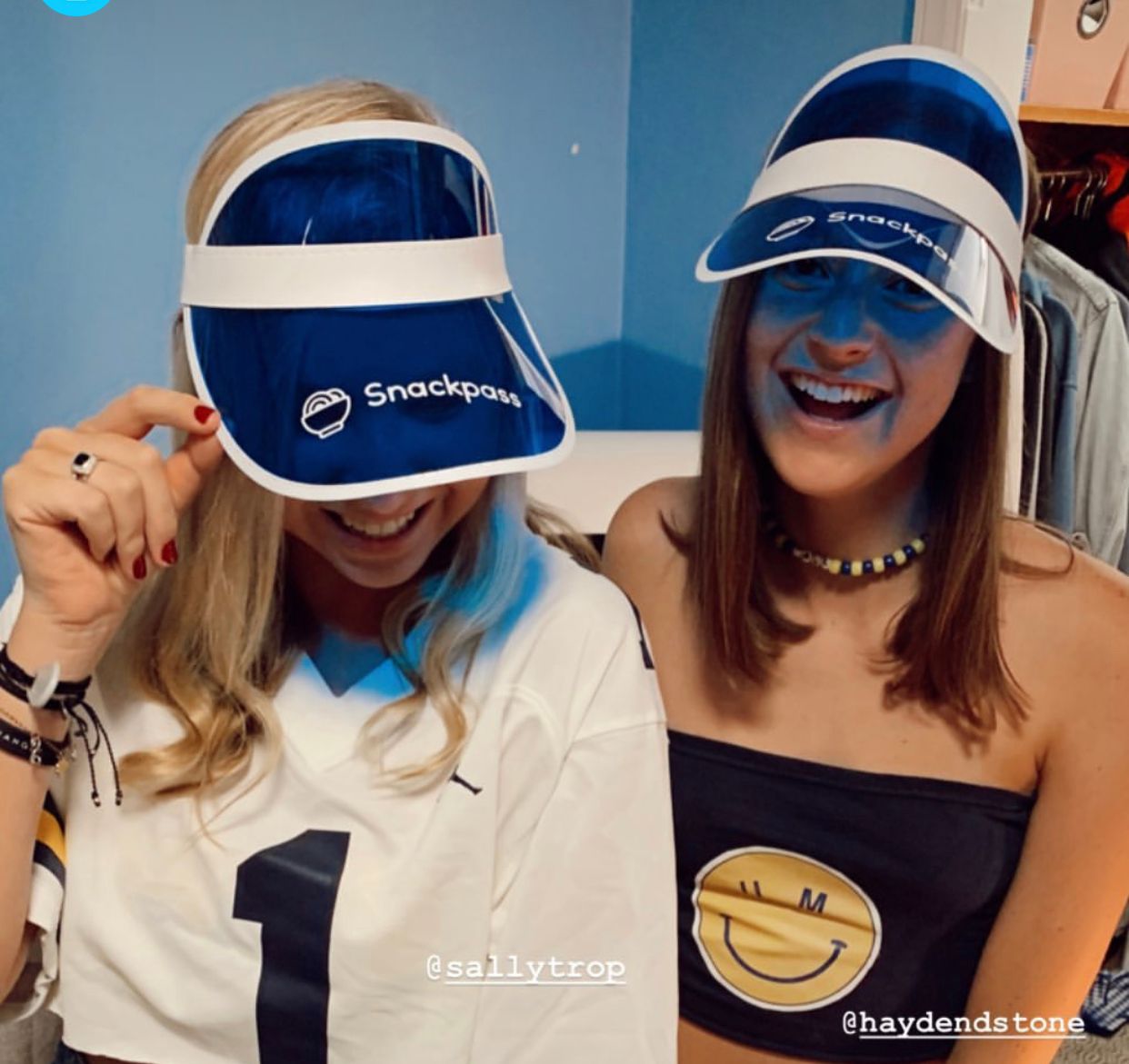
Having Andreessen Horowitz’s support could give Snackpass some extra fire power. “A16z has better support and services for their portfolio companies than any other VC we’ve come across and they’ve delivered” Tan tells me. “We knew that Andrew Chen understands growth and marketplaces from his blog and his Twitter.” That’s critical in a crowded space where such a precise balance of customer acquisition and lifetime value is necessary.
Snapchat, TikTok, and Fortnite have all tapped into the youth market with a lighthearted nature that keeps users coming back until they develop network effect. Snackpass is managing to do the same not with a messaging app or game, but a commerce platform. “We play up creativity, silliness and delight in areas where most companies focus on utility and convenience” Tan concludes. “We built Snackpass for ourselves and our friends. We’ve carried on this philosophy: if something makes us laugh, we put it in the app.”
from RSSMix.com Mix ID 8176981
https://techcrunch.com/2019/12/19/snackpass/
http://www.gadgetscompared.com
from Tumblr https://ikonografico.tumblr.com/post/189757807496
via
http://www.gadgetscompared.com
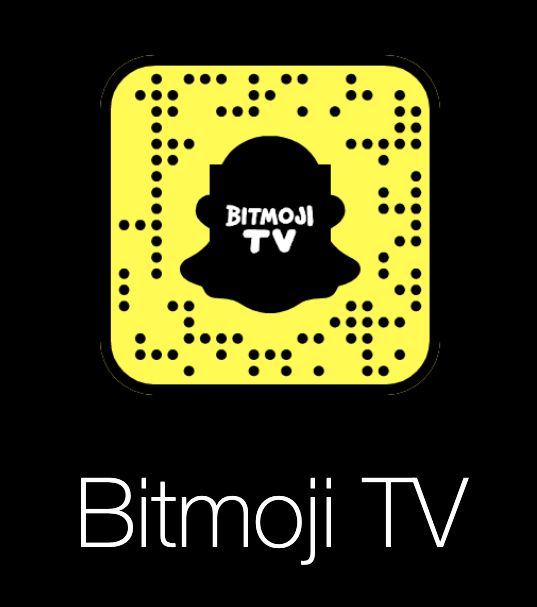 TechCrunch asked Snap for more details, including how long episodes will be, how often they’ll be released, whether they’ll include ads, and if the company acquired anyone or brought on famous talent to produce the series. A Snap spokesperson declined to provide more details, but sent over this statement: “Bitmoji TV isn’t available in your network yet, but stay tuned for the global premiere soon!”
TechCrunch asked Snap for more details, including how long episodes will be, how often they’ll be released, whether they’ll include ads, and if the company acquired anyone or brought on famous talent to produce the series. A Snap spokesperson declined to provide more details, but sent over this statement: “Bitmoji TV isn’t available in your network yet, but stay tuned for the global premiere soon!”

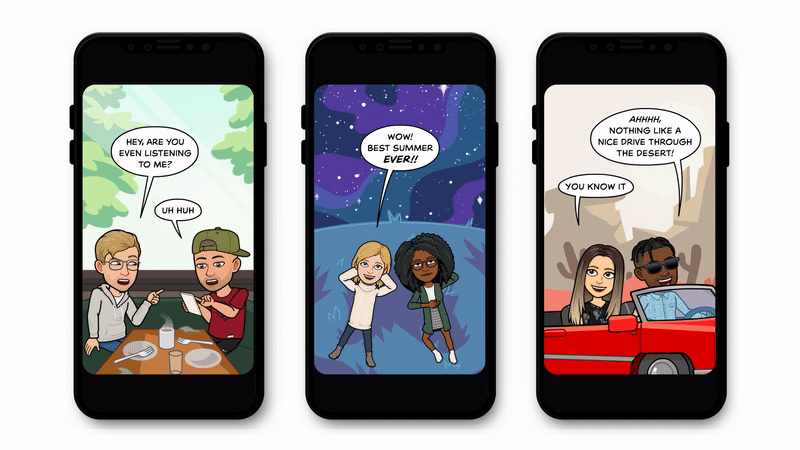

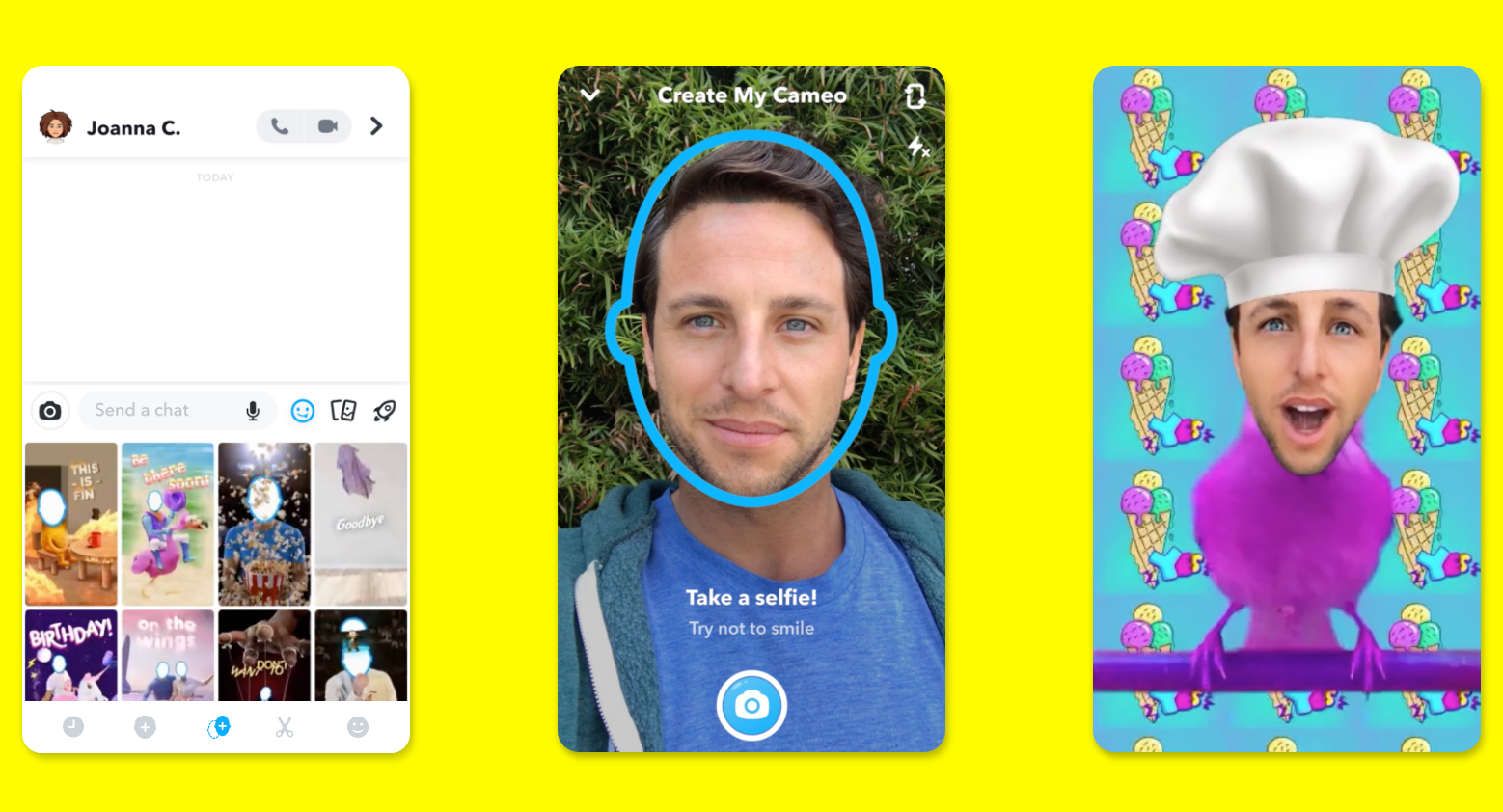
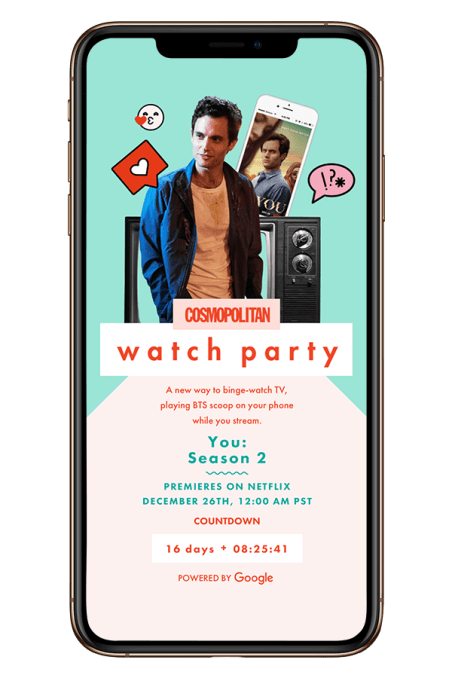

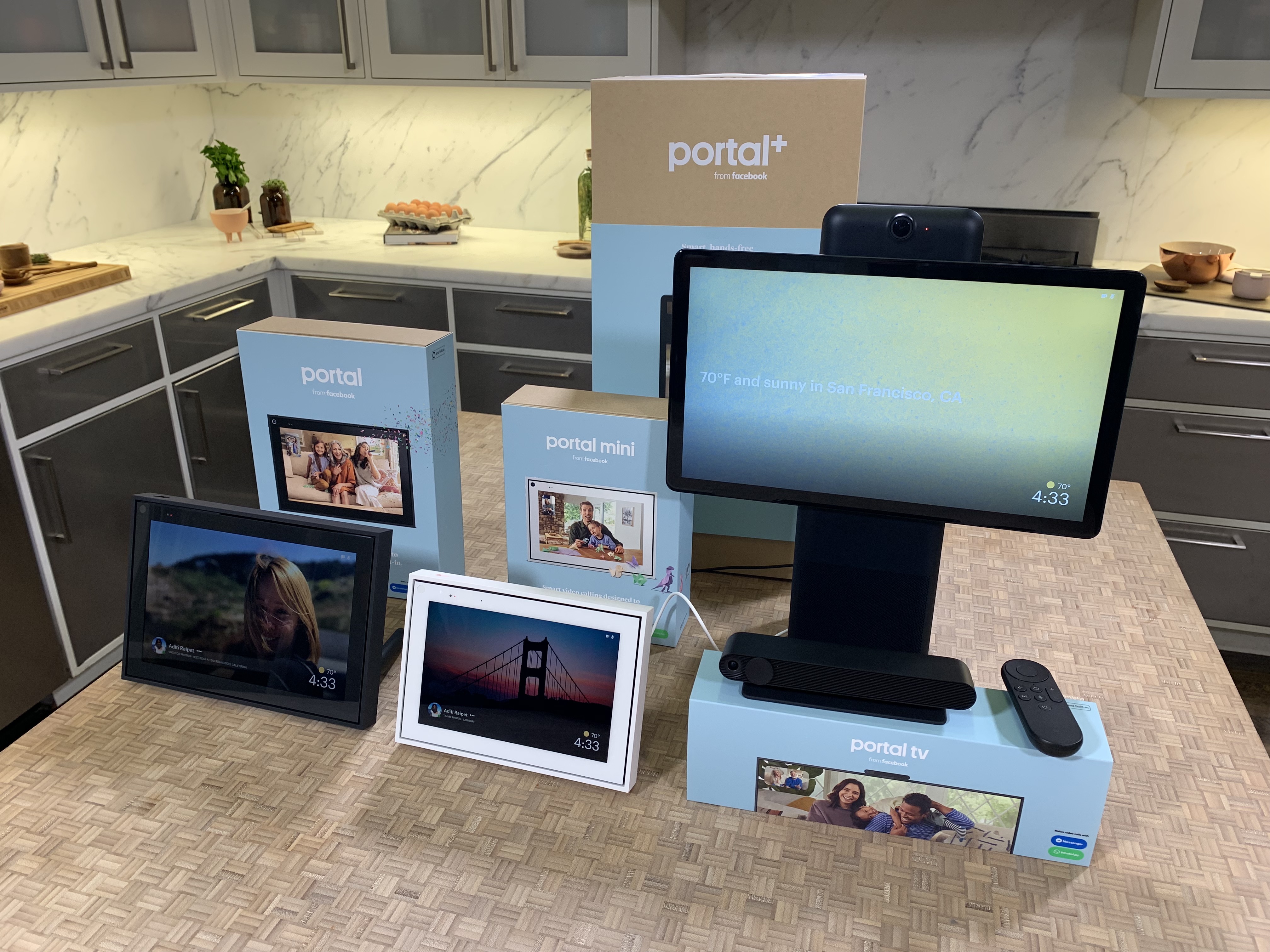



 Its momentum, retention, and opportunity to expand from colleges to dense cities has now won Snackpass a $21 million Series A led by Andreessen Horowitz partner Andrew Chen. The round was joined by other heavy hitters like Y Combinator, General Catalyst, Inspired Capital, and First Round plus angels including musician Nas, NFL star Larry Fitzgerald, and legendary talent agent Michael Ovitz. Building on Snackpass’ $2.7 million seed, the cash will go towards hiring up with the goal of reaching 100 campuses in 2 years.
Its momentum, retention, and opportunity to expand from colleges to dense cities has now won Snackpass a $21 million Series A led by Andreessen Horowitz partner Andrew Chen. The round was joined by other heavy hitters like Y Combinator, General Catalyst, Inspired Capital, and First Round plus angels including musician Nas, NFL star Larry Fitzgerald, and legendary talent agent Michael Ovitz. Building on Snackpass’ $2.7 million seed, the cash will go towards hiring up with the goal of reaching 100 campuses in 2 years.

 With all the competition in the space, restaurants can be inundated with apps to manage, some of which just exacerbate spikes in demand that overwhelm kitchens. “There is certainly a risk that local restaurants will start to get platform fatigue, finding that using some apps will take too big of a bite out of their margins” says Tan. That’s why Snackpass built features that let restaurants batch orders and control how many come in at a certain time so dine-in patients and non-app users aren’t stuck with unreasonable delays.
With all the competition in the space, restaurants can be inundated with apps to manage, some of which just exacerbate spikes in demand that overwhelm kitchens. “There is certainly a risk that local restaurants will start to get platform fatigue, finding that using some apps will take too big of a bite out of their margins” says Tan. That’s why Snackpass built features that let restaurants batch orders and control how many come in at a certain time so dine-in patients and non-app users aren’t stuck with unreasonable delays.
